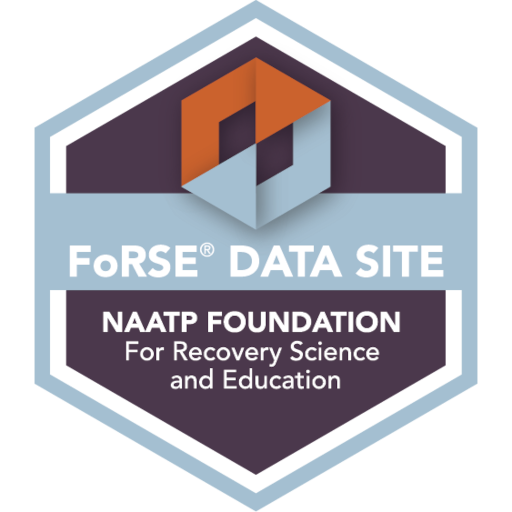Kratom is a psychoactive drug derived from the powdered leaves of the Mitragyna Speciosa tree, an evergreen related to the coffee family and native to Southeast Asia.
Kratom has both opioid and nonopioid properties. Some people use the herbal substance to alleviate pain.
It was first used centuries ago by rural workers in Southeast Asia as a traditional painkiller. People also drank kratom tea to fight tiredness and improve productivity, chewed kratom leaves, and substituted kratom for opium. It was also used in religious ceremonies.
FDA Warning
In November 2017, the U.S. Food and Drug Administration warned consumers not to use kratom. The FDA advisory said there are no approved uses for Kratom, and it was receiving “concerning reports” about deaths connected to its use.
Dietary supplements like kratom don’t need FDA approval, but the federal agency said it was “opioid-like” and cited concerns that there might be an addiction risk.
Nevertheless, Kratom is popular as an herbal treatment for pain management throughout North America and Europe.
Is Kratom Safe?
No. Kratom supporters’ claims that it is a promising medicinal plant have been undermined by research and reports that its use produced serious negative outcomes.
Unprescribed use of kratom for opioid withdrawal symptoms is not supported by addiction doctors.
The Food and Drug Administration has not approved it for any use and continues Kratom research.
Is Kratom an Opioid?
While its medicinal chemistry is similar to opioids and kratom acts on the same receptors in the brain, it is not an opioid. It is referred to as “opioid-like.”
Opioid and Nonopioid Properties
Kratom contains the same active chemicals as opioids, morphine-like substances that can cause dependence in people who take them for a long time. The opioid properties can be attributed to its two main alkaloids: mitragynine (Mitragyna speciosa korth)and 7-hydroxymitragynine.
Kratom for Opioid Withdrawal
Some people use kratom to offset the painful symptoms of opioid withdrawal but taking kratom to reduce cravings for opiates may cause additional discomfort.
What does Kratom do in the Brain?

The effects of Kratom are not fully understood, but it has some stimulant-like effects and some opioid-like effects.
Kratom works by binding to opioid receptors in the brain. These receptors are responsible for regulating mood, pain perception, and other bodily functions.
Kratom’s effects vary depending on different factors such as dose, strain, and duration of use. As with any other herbal supplement, effects also depend on the person’s tolerance or the existence of mental disorders.
Kratom Side Effects
Used in excessive amounts, kratom can cause hallucinations, disturbed feelings, and even violent tendencies. These symptoms can make a person dangerous to themselves and others.
At higher doses, kratom has a sedative effect, dulling emotions and sensations and producing euphoric feelings.
Kratom has a number of known side effects, including:
- Weight loss
- Dry mouth
- Liver damage
- Muscle pain
- Chills, nausea, and vomiting
- Changes in urine and constipation
Kratom also affects the mind and nervous system:
- Drowsiness
- Dizziness
- Respiratory depression
- Hallucinations and delusion
- High blood pressure
- Depression and delusion
- Seizure, coma, and death
Is Kratom Addiction like an Opioid Addiction?
Yes, like other drugs, excessive kratom use can result in abuse and addiction. Kratom abuse is a serious problem in the United States, especially among teenagers and young adults. A survey of college students found that one out of five had tried kratom at least once in their lifetime.
Kratom and drug and alcohol dependence can cause symptoms that feel like an opioid withdrawal. Drug and alcohol dependence include the herbal supplement kratom.
In 2018, Food and Drug Administration (FDA) commissioner Scott Gottlieb noted that an analysis had provided strong evidence of kratom’s opioid properties.
As with any opioid, people who use kratom in high doses may develop an opioid use disorder, meaning they experience cravings for the substance and may need more of it to get high and avoid withdrawal.
Risks of Kratom Use
Kratom use has deadly risks including liver damage, according to research.
Multistate Salmonella infections linked to kratom ingestion in 2018 led the FDA, CDC, and local health officials to investigate the connection and determine that kratom or kratom-containing products were the sources of the outbreak.
cause drug withdrawal symptoms and have caused
Researchers also suspect that kratom use by pregnant women has led to neonatal abstinence syndrome in their newborn children.
A recent comprehensive review said that kratom was associated with hepatotoxicity and concluded that kratom byproducts and contaminants may play a role.
National Institute on Drug Abuse (NIDA) Research
NIDA research found that kratom affects the same opioid receptors in the brain as morphine and other opiates. Research also found that people who use kratom may be at risk for addiction and other health problems, including seizures, liver damage, and withdrawal.
Is It Easy to Purchase Kratom?
Kratom products are readily available over-the-counter and on the Internet despite concerns about its safety.
The fact that is easy to buy is probably is reflected in poison-control calls about kratom increasing tenfold between 2010 and 2015.
Drug Enforcement Administration Street Names for Kratom
According to the Drug Enforcement Administration (DEA), the street names for Kratom are:
- Thang
- Kakuam
- Thom
- Ketum
- Biak
How is Kratom Taken?
Kratom users chew its raw leaves, brew them into a tea, or crush and smoke them. Sometimes it is also taken in pill form.
Due to the dangerous health effects of kratom — plus the very real risk of ingesting low-quality and contaminated kratom products — people are warned not to use kratom in any form. It is often combined with other substances, such as illicit drugs or over-the-counter medications, which increases the risk of serious side effects.
Drug Interactions
Some users of kratom may also have problems with opioid use, alcohol, marijuana, and other drugs. The adverse effects of other drugs including benzodiazepines and kratom are unknown.
Kratom research is ongoing, the side effects vary, and the risks are high with kratom, even in low doses.
What are Psychoactive Drugs?
Psychoactive drugs like kratom are substances that affect mental processes such as perception, consciousness, or mood and emotions. They belong to a broader category of substances that also include nicotine and alcohol.
La Hacienda Treatment Center
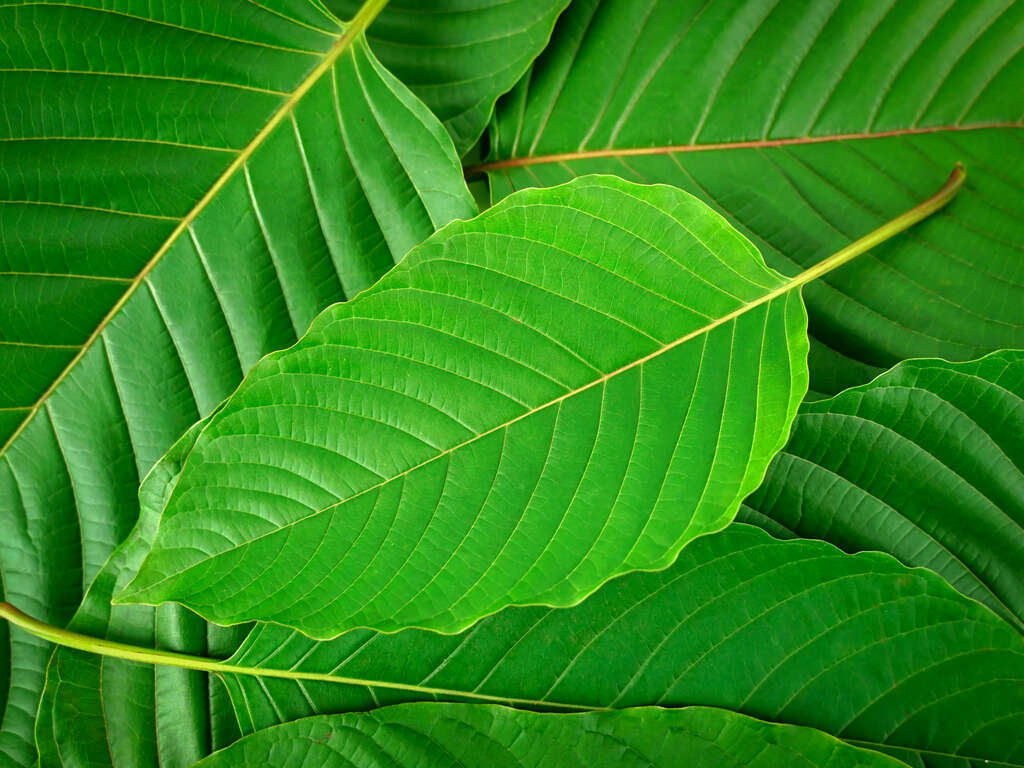
La Hacienda Treatment Center’s 40-acre campus in the Texas Hill Country is an excellent location for treating a substance use disorder and learning how to sustain a new, healthier life.
The entire staff is dedicated to successful treatment through addiction education (such as a medical talk about addiction and the brain), superior individual and group counseling programs, family workshops, relapse prevention talks, and a plan for an aftercare.
Doctors talk with patients about how SUD’s affect the brain and the dangers of non-prescription drugs such as Kratom.
For more information about addiction treatment at La Hacienda Treatment Center, phone (800) 749-6160 and talk with one of our admission specialists today.

Synthetic Cathinones (Bath Salts)
Synthetic cathinones are drugs that are chemically similar to the stimulant cathinone, a naturally occurring substance found in the khat plant. They were developed to mimic the effects of amphetamines and cocaine, but their effects can be unpredictable and dangerous.

Bath Salts Drug
Bath salts drugs have been around for about five years now. They were first introduced to the market as plant food and have since been sold as an alternative to cocaine or methamphetamine. Bath salts drugs are marketed as “legal highs” because they are not technically illegal in the United States, but they can still be dangerous if users decide to snort them or inject them into their body.
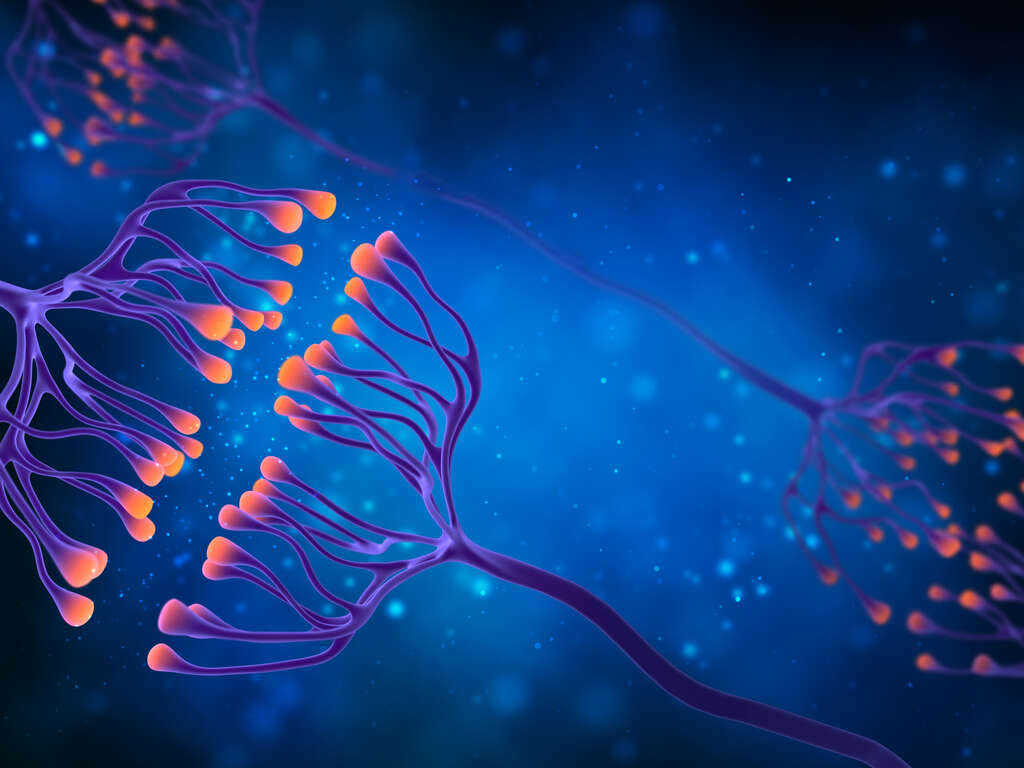
Flakka
Flakka is a synthetic drug that is chemically similar to bath salts. It is a stimulant with hallucinogenic effects. The chemical name for the drug is alpha-PVP. Flakka can be ingested, injected, or snorted and it can be very dangerous.
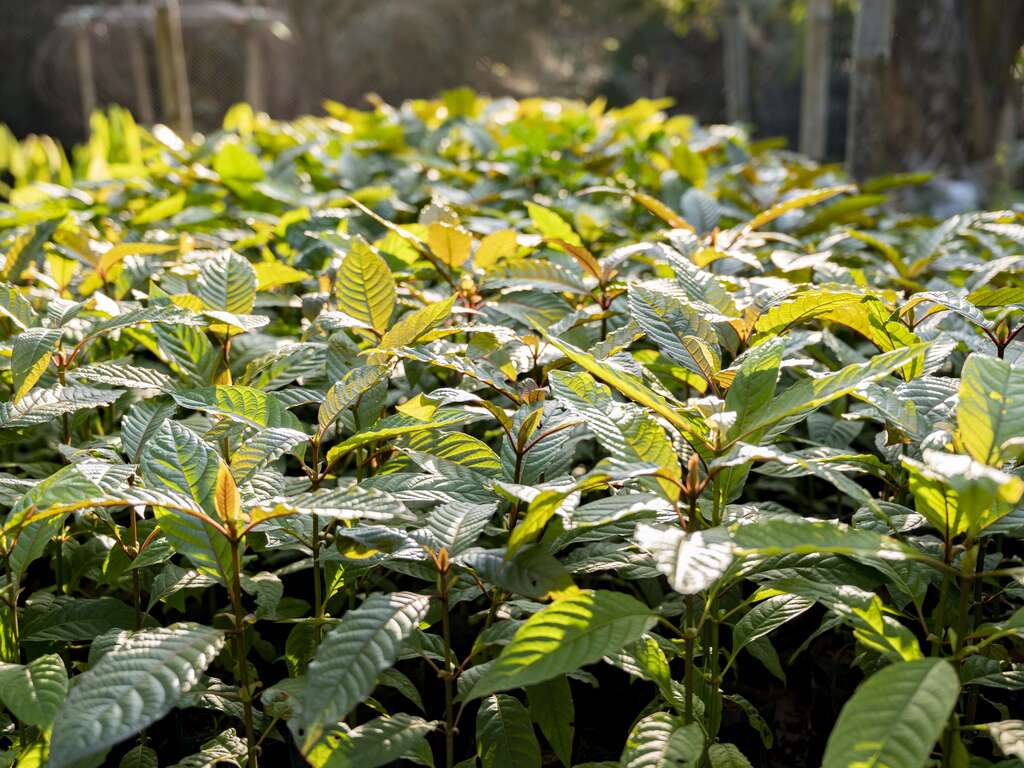
What is the Drug Ice?
The drug ice, also known as crystal meth, is a methamphetamine that has been processed to create a crystalline form. It is one of the most addictive drugs in the world and can be injected, smoked, or snorted. The term \”ice\” originally came from the fact that it was so pure and crystallized.
